A Grand Ecuadorian Expedition: 13-Day Andes & Galapagos Ultimate Adventure - Tour
13 Day Ecuador Itinerary
Day 1: Arrival in Quito
Day 2: City & Equator Line Tour
Your day starts by exploring the bustling streets and squares of the largest historical center in the Americas. You visit some of its most important churches such as the impressive Cathedral, the majestic Compañía, and the iconic San Francisco, guardians of a stunning multi-ethnic artistic and cultural heritage. You begin the tour by visiting the Main Square, then you go through the colonial churches and you will finish at the "Panecillo" hillside with its breathtaking views of the old and modern city surrounded by the rolling Andes Mountains. As an addition to the Quito Colonial City Tour, you will travel to the “Equatorial line” complex. Its monument is located at the latitude 0º 0´0" and provides a once-in-a-lifetime opportunity to straddle both hemispheres or hop between the two in the blink of an eye. The monument forms the focal point of a park and leisure area with gift shops and restaurants. The site occupies an important place in the solar-based Andean cosmovision since ancient Andean people were aware of its significance many thousands of years ago. The Ethnographic Museum at the complex provides a fine overview of Ecuador’s varied cultures and geography.
Day 3: Otavalo - Cuicocha Lake
This morning you leave to Otavalo, the famous artesian market town. There, we visit the textile market located at the “Plaza of Ponchos”; this is one of the most famous markets in South America. You can find all kinds of handcrafts, including tapestries made on the Spanish weaving loom as well as the indigenous backstrap loom. Afterwards you enjoy some free time for bargaining and buying from the friendly Otavaleños. We also visit some craft workshops dedicated to the manufacture of Andean instruments such as crawlers, panpipes, flutes, recorders, among others. They also make string instruments like charango, mandolins, and guitars. These products are sold in stores and during the fair in town. In the afternoon we continue to Cuicocha. This lagoon is located in the crater of an extinct volcano. Afterwards you will head to your hotel for overnight.
Day 4: Baños Waterfalls Tour
Day 5: Cotopaxi Tour
Day 6: Quito Departure & San Cristobal Island (Galapagos Arrival) & David Rodriguez Breeding Center
Day 7: Española - Suarez Point & Gardner Bay, Gardner and Osborn Islets
Day 8: Floreana - Cormorant Point / Devil’s Crown & Post Office Bay / The Baroness’ Lookout
Day eight immerses you in the captivating contrasts of Floreana Island. In the morning, you will visit Cormorant Point, featuring two contrasting beaches: one with olive-green sand due to olivine crystals, and another with pure white ‘Flour Beach’ derived from pulverized coral. The saltwater pond is a must-see, frequented by one of the archipelago’s largest populations of Galapagos flamingos and other shorebirds. Afterwards, guests will take a dinghy ride to Devil’s Crown, an almost completely submerged underwater volcanic crater. Snorkelers will discover a vast underwater world full of coral reefs and a myriad of marine species. Birds are also part of this visitor point due to its open-water location. Activities include walking, snorkeling, and dinghy ride, with a "Moderate" difficulty rating. In the afternoon, your journey continues to Post Office Bay, a man-made site offering insight into an 18th-century mailing tradition. The beach provides good snorkeling and kayaking, and it's possible to walk through a lava tube. Next, take a dinghy ride to the Baroness’ Lookout, a volcanic rock formation with panoramic views. Activities include walking, snorkeling, dinghy ride, and kayak, with an "Easy" difficulty rating.
Day 9: Mosquera Islet & Santa Cruz - Bachas Beach
Day nine begins with a captivating visit to Mosquera Islet in the morning. This small, flat, sandy islet, located between Baltra and North Seymour islands, has no fixed trail, allowing you to freely explore its beautiful surroundings on foot. You will encounter a large population of sea lions, shorebirds, and the striking Sally Lightfoot crabs. The numerous coral reefs also make it a fantastic site for snorkeling and catching sight of a range of marine life including sharks, turtles and rays. Activities for this morning include walking and snorkeling, with a "Moderate" difficulty rating. In the afternoon, the expedition takes you to Santa Cruz Island to explore Bachas Beach. This beautiful white-sand beach features the remnants of a rusted barge from WWI. It is a popular nesting site for turtles, so snorkeling here might mean sharing the water with these wonderful creatures. The beach is also full of vibrant Sally Lightfoot and hermit crabs, and elegant pink flamingos that frequent the saltwater pond located just behind the beach. Activities include walking and snorkeling, with an "Easy" difficulty rating.
Day 10: Genovesa - Prince Philip's Steps / El Barranco & Darwin Bay
Day 11: Santiago - Espumilla Beach / Buccaneer Cove & Egas Port
Your day commences on the northern coast of Santiago Island with a visit to Espumilla Beach, an exquisite white sand beach whose name refers to the meringue-like trails of foam left by the lapping of the waves. Sally Lightfoot crabs are in abundance here, and it is common to see predatory birds such as hawks, herons and pelicans. This idyllic location is perfect for snorkeling or kayaking/paddle boarding amongst a raft of marine life, including species of octopus, eels and sharks. Buccaneer Cove has an interesting history as it is where sailors, buccaneers and whalers frequently anchored their vessels. In more recent times it has become an important nesting site for turtles and is also popular with sea lions. A dinghy ride along the eroded shoreline provides views of intriguing rock formations. Activities include walking, snorkeling, dinghy ride, and kayak, with a "Moderate" difficulty rating. In the afternoon, you will explore Egas Port. Once the site of a salt mine, this impressive black sand beach is now an excellent location for snorkeling and observing shorebirds, Sally Lightfoot crabs and marine iguanas. A stroll along the wide trails inland leads you past tidal pools and rocky volcanic formations known as grottoes where it is possible to spot fur seals enjoying a spot of shade. Activities include walking and snorkeling, with an "Easy" difficulty rating.
Day 12: Black Turtle Cove & Santa Cruz Highlands / Charles Darwin Research Station
Day 13: Lobos Island (Galapagos Departure) & Departure from San Cristobal Airport
Your final morning in the Galapagos Islands offers one last cherished wildlife encounter before your departure. Accessed by dinghy, Lobos Island gets its name from the herds of sea lions that have made their home here. Snorkeling in the calm clear water provides a unique opportunity to see these inquisitive and playful animals up close and it is also common to be accompanied by green turtles and rays as well. Inland, there is a trail where you can expect to encounter nesting sites for blue-footed boobies and frigates. Activities for this morning include walking, snorkeling, and a dinghy ride, with a "Moderate" difficulty rating. After this final immersion in Galapagos' unique biodiversity, you will depart directly from San Cristobal airport for your flight back to mainland Ecuador, concluding your unforgettable 13-day grand Ecuadorian adventure.
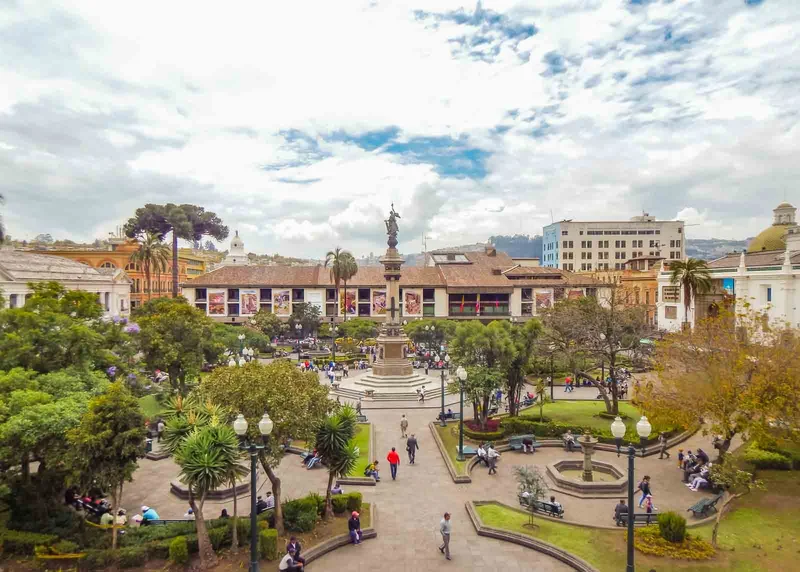
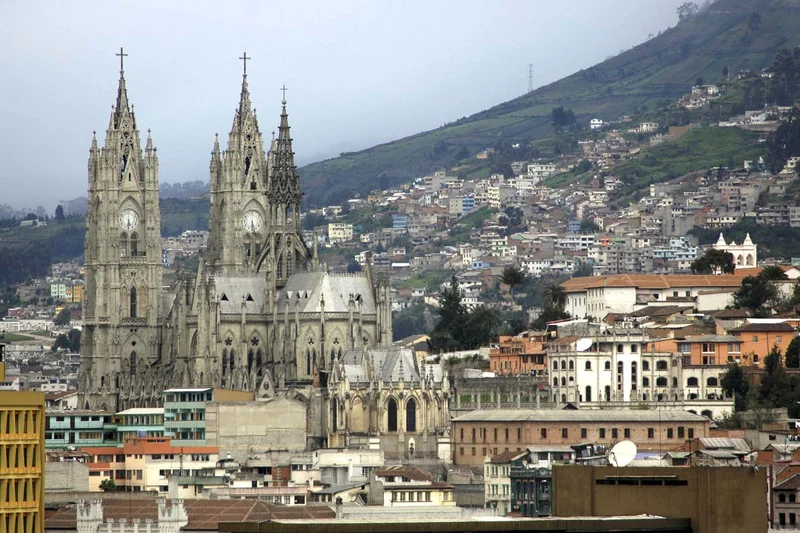
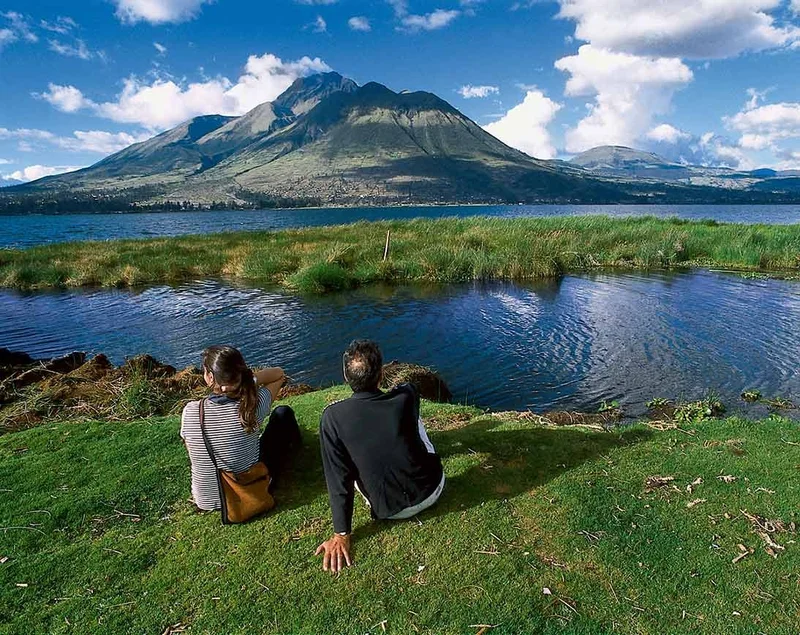
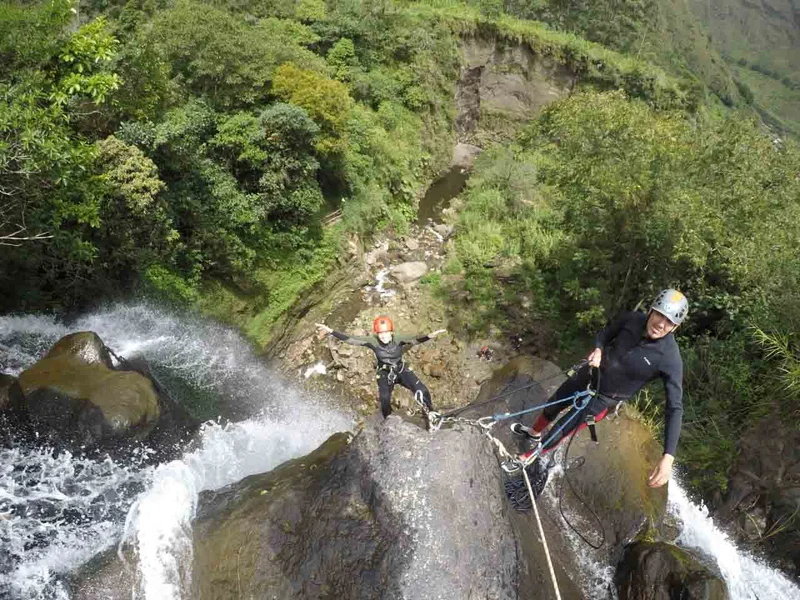
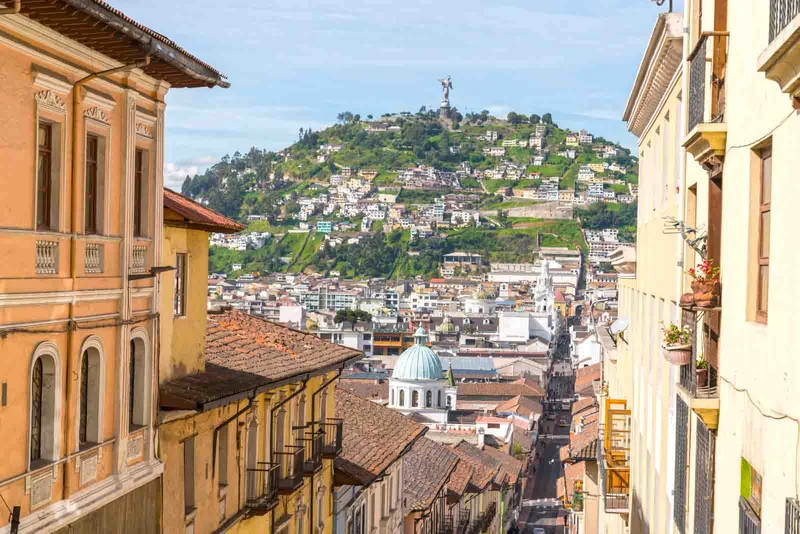
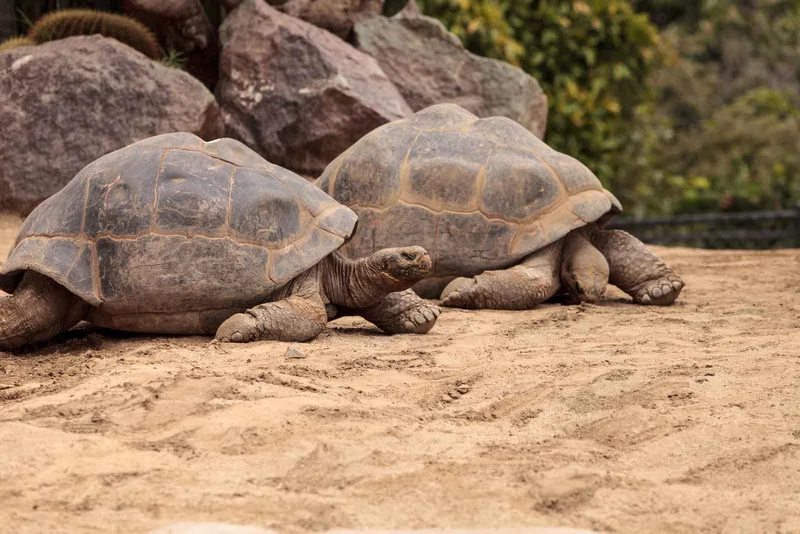
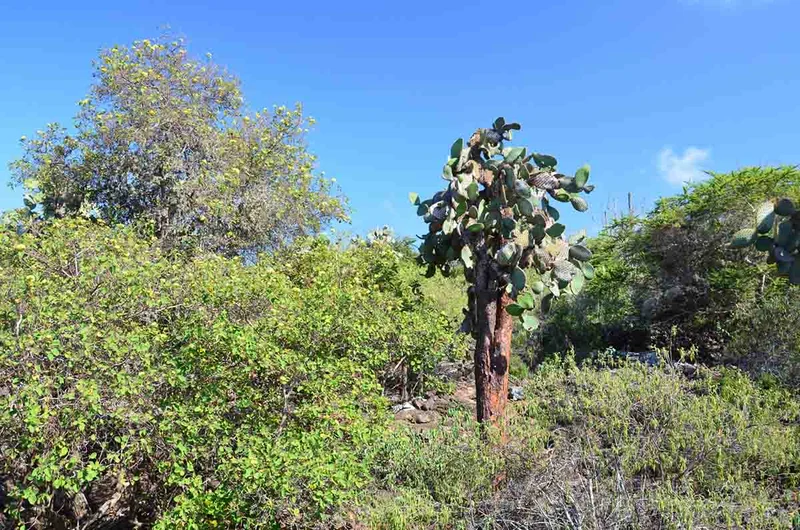
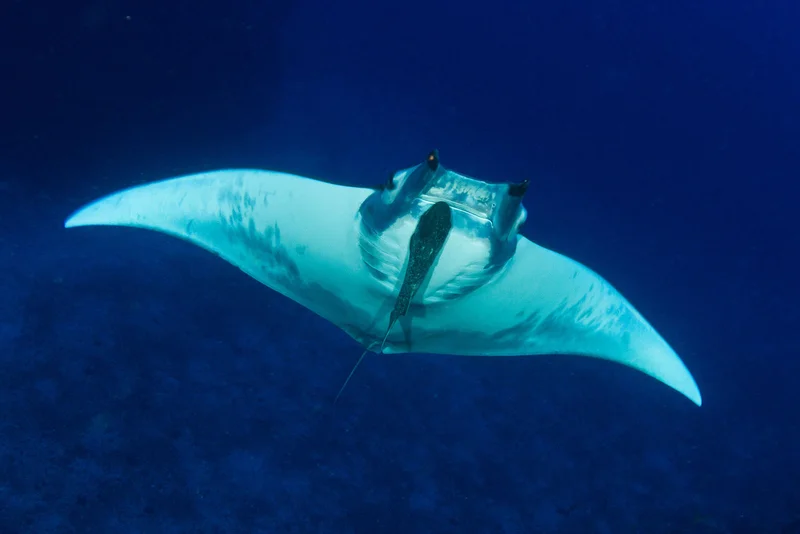
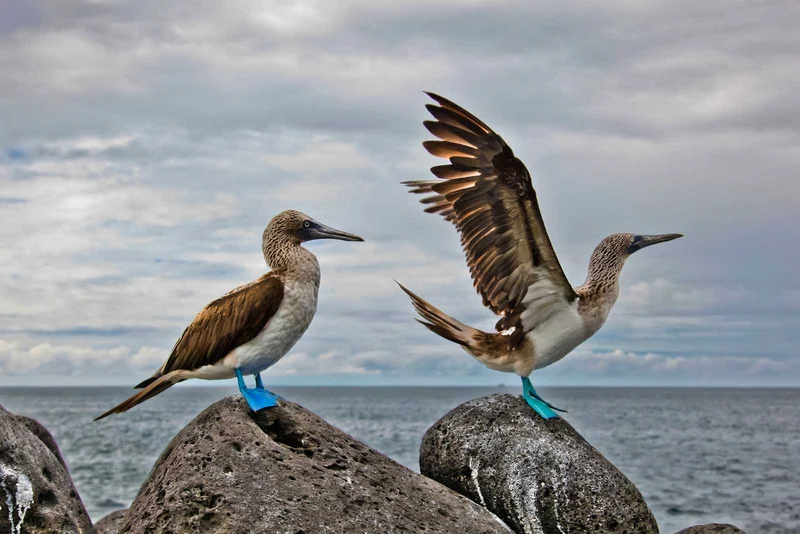
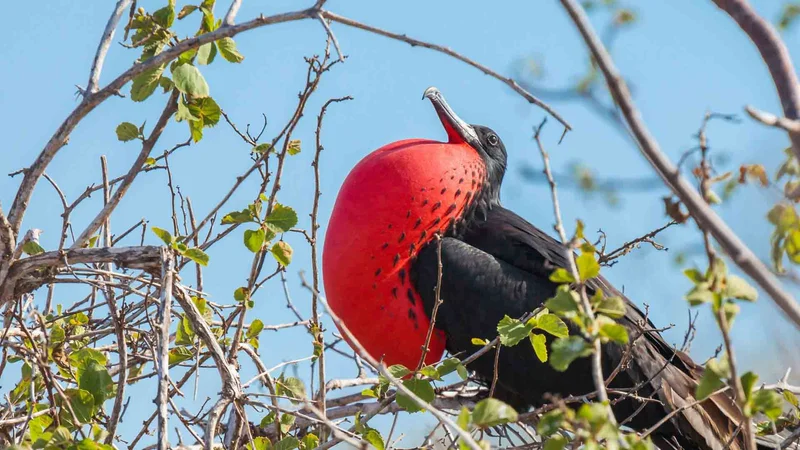
13 Day Ecuador Itinerary Includes
- Transfers airport/yacht/airport in Galapagos
- Airport reception and assistance
- Double or single accommodation
- Guided expeditions according to the itinerary
- Top bilingual National Park guide (English / Spanish)
- Cruise Service Officer
- Activity daily briefing
- All meals and snacks
- Soft drinks and juices
- Captain’s welcome and farewell cocktail
- Use of yoga mats, kettlebells and dumbbells; stargazing laser pointer
- Expedition gear: sea kayaks, stand-up paddle boards, snorkeling equipment (mask, snorkel, wet suit, fins), water container, binoculars.
13 Day Ecuador Itinerary Does not Include
- Air Ticket
- Soft drinks and alcoholic beverages
- Personal expenses
- Tips
- Meals not described in the program
13 Day Ecuador Itinerary Highlights
- Andes: Discovering Quito’s UNESCO World Heritage colonial center, right on the Equator line, experiencing the lively Otavalo artisans market and cultural workshops, seeing the stunning waterfalls in Baños, and looking upon the spectacular Cotopaxi volcano and stunning Limpiopungo Lake.
- Galapagos: Watching giant tortoises in their natural environment and important breeding centers, snorkeling with fun sea lions, sea turtles, and a broad range of colorful fish including sharks and rays; observing different kinds of booby colonies (Nazca, blue-footed, red-footed), frigatebirds, rare waved albatross, volcanic formations, and endless green and white sand beaches, and the collective Post Office Bay tradition.
Travel Tips
- Documentation: On the trip, the only documentation that will be checked is the International Travel and Health Insurance, so read the documents, and make sure you have 6 months still on your passport after the return travel date, and keep your passport, visas (if needed), and travel insurance downloaded in paper and digital copies. On Galapagos also show evidence of travel insurance in case of any problems during our trip.
- Medical & Safety: Discuss vaccinations before travel with your doctor. Bring any medications prescribed and some anti-motion sickness medication for the Galapagos boat trip.
- Connectivity/Technology: Some hotels in Quito provide WiFi, but on the Galapagos journey, WiFi will not be provided. Choose to unplug and enjoy natural experiences.
- Currency: Ecuador utilizes the US Dollar (USD). It’s good to have smaller bills so you can buy local snacks or give tips to the employees.
- Responsible Tourism: Always show respect towards the guides and wildlife. Never feed, handle, or disturb wildlife in a natural setting. Stay on the marked trails.
- Luggage for the trip: Soft-sided luggage is best for international island hop flights and luggage limits, so please have very wise packing strategies.
- Water: While you’re in Galapagos and at high-location you need a lot of bottled/filtered water.
- Adaptation to Altitude: Take it easy once you arrive in Quito, drink plenty of water, and avoid excessive alcohol to help with the acclimatization.
Fitness Requirements
This extensive 13-day tour involves some activities requiring a moderate level of fitness. Participants can expect to be active in a variety of activities that may involve walking on the cobblestone sidewalks of Quito, hiking on trails (easy and moderate), walking on volcanic rock, walking on sandy beaches, and walking on uneven surfaces in Galapagos. Activities are generally rated "Soft" to "Moderate" difficulty. The itinerary includes several opportunities for snorkeling. Some areas may have current. No activities are classified as “Difficult”. However, you should be in general good health, mobility, and the ability to go on active excursions and enjoy the trip.
Weather Preparedness
For the Andes Travelers (Quito, Otavalo, Baños, Cotopaxi), expect a temperate mountain climate, with cool mornings and evenings, and mild to warm days. Weather changes suddenly at times, plus it may rain, so layering of clothes is very helpful. For the Galapagos Islands, expect a generally warm temperature year-round. There are two main seasons, a warm and wet season (December to May) and a cooler, dry season (June to November). Expect a high UV exposure.
Packing recommendations include:
- Lightweight, quick-drying clothing (long sleeves and long pants for sun and bug protection)
- Rain gear (waterproof jacket and pants)
- Comfortable walking/hiking shoes
- Water sandals or aqua shoes for wet landings and water activities
- High SPF sunscreen, sunglasses, and a wide-brimmed hat
- Swimsuit
- Reusable water bottle
Accomodation
Luxury accommodation will be included at luxury hotels in Quito and Baños. While on the 7-night Galapagos cruise, guests will enjoy comfortable accommodations on board the M/C Elite.
A Grand Ecuadorian Expedition: 13-Day Andes & Galapagos Ultimate Adventure
Frecuently Asked Questions
What is the best time of year to take this tour?
Ecuador is an all-year-round destination. The Galapagos Islands have a few distinct seasons, which can affect wildlife viewing (e.g. albatross on Española Island in April or December). The Andes of Ecuador typically feature a dry season (June-September) and a rainy season (October-May), although visitors have great experiences in both. The decision you make may depend on wildlife viewing in particular or a unique weather experience you may want.
What kind of clothing should I bring along for this complex tour?
If you visit the Andes, you will want layers, including a fleece sweater or light jacket, because of the difference in temperatures. For the Galapagos Islands, you’ll want to pack some light-weight, breathable, and quick–drying clothing, which is best with a long-sleeve shirt and pants for sun protection, etc. You may also wish to bring a rain jacket for either region.
Will I have access to swimming or snorkeling activities?
The Galapagos cruise has lots of opportunities for snorkeling (and kayaking or paddleboarding) with marine life, and swimming is typically allowed!
Is this tour appropriate for children?
This tour offers active excursions and travel through various ecosystems. Older kids, who don’t mind traveling days of physical effort, may enjoy this type of travel, as well as being appropriate for families with older children with nature and adventurous interests.